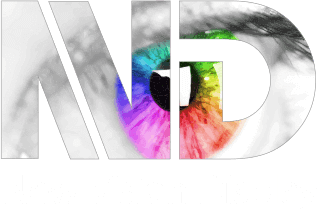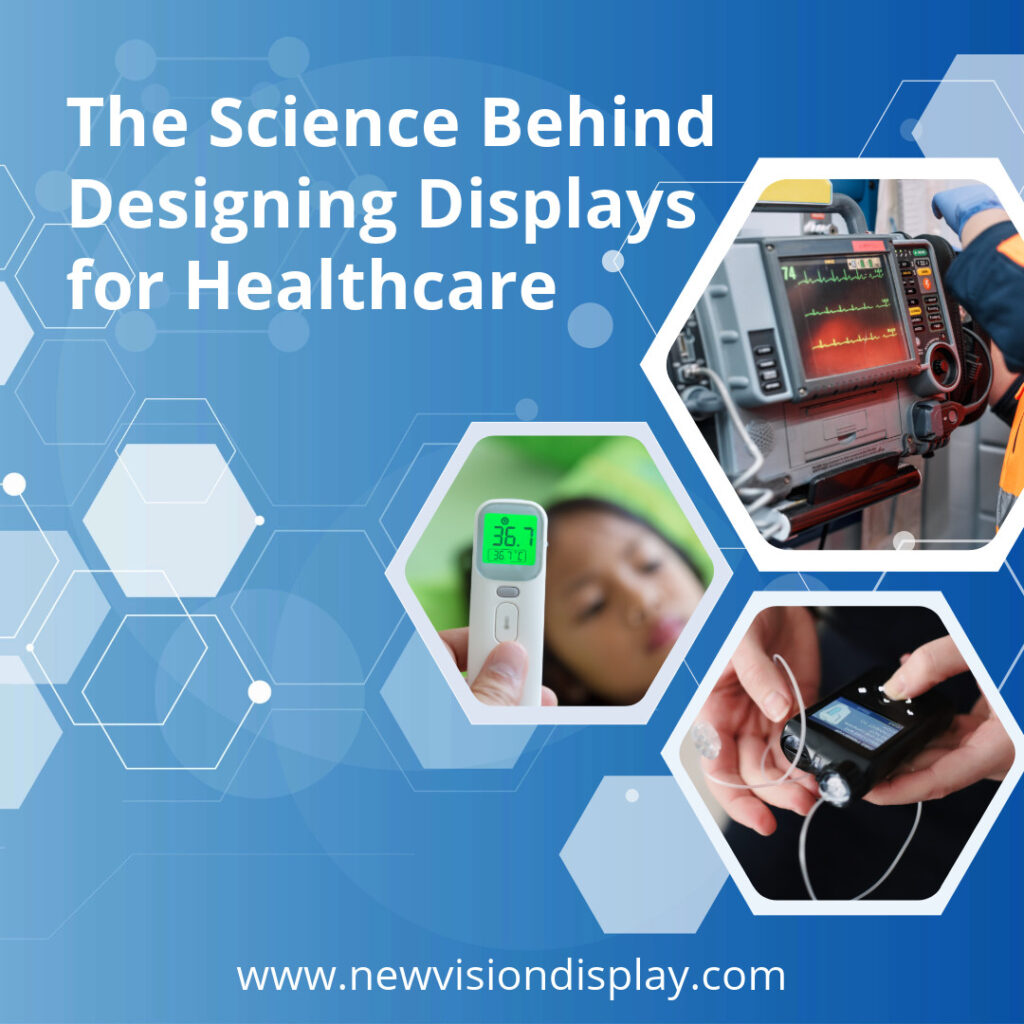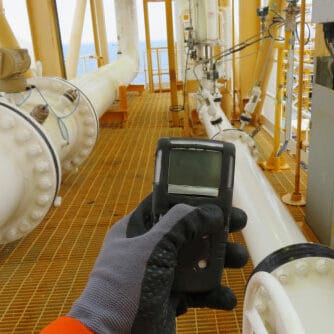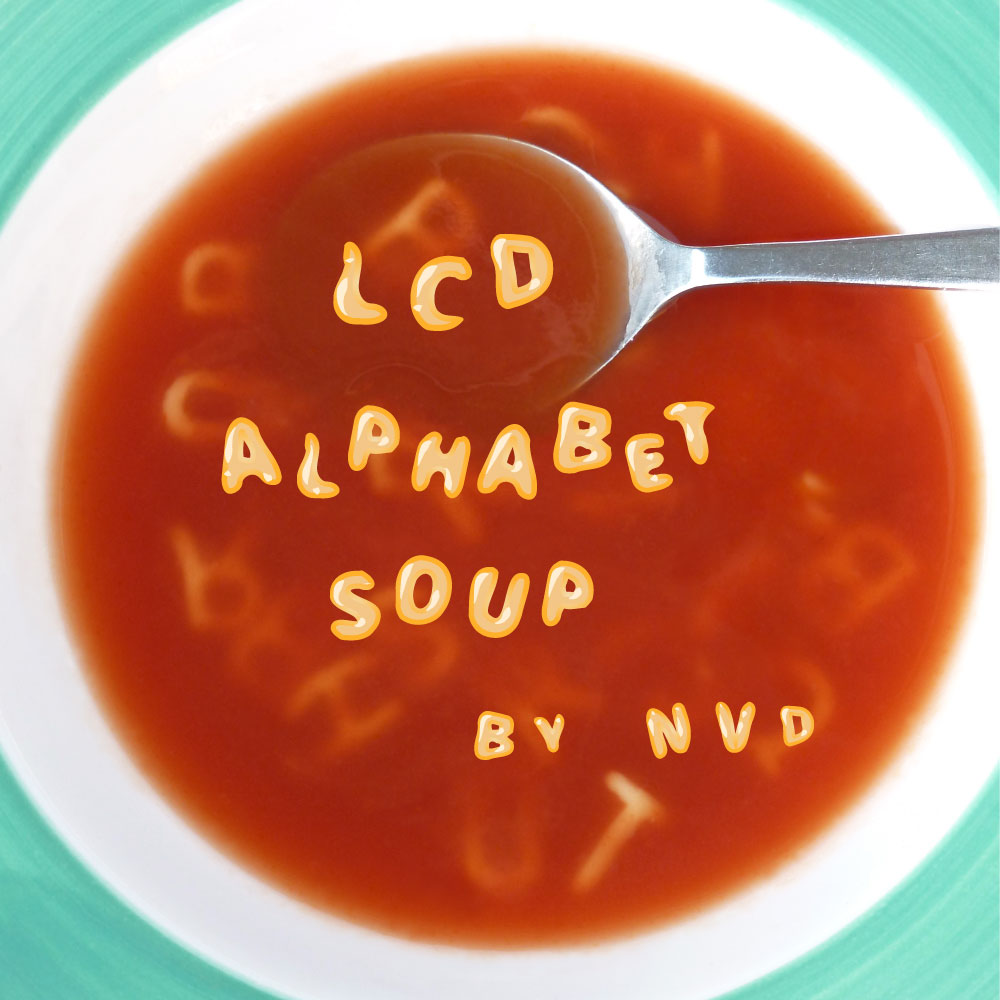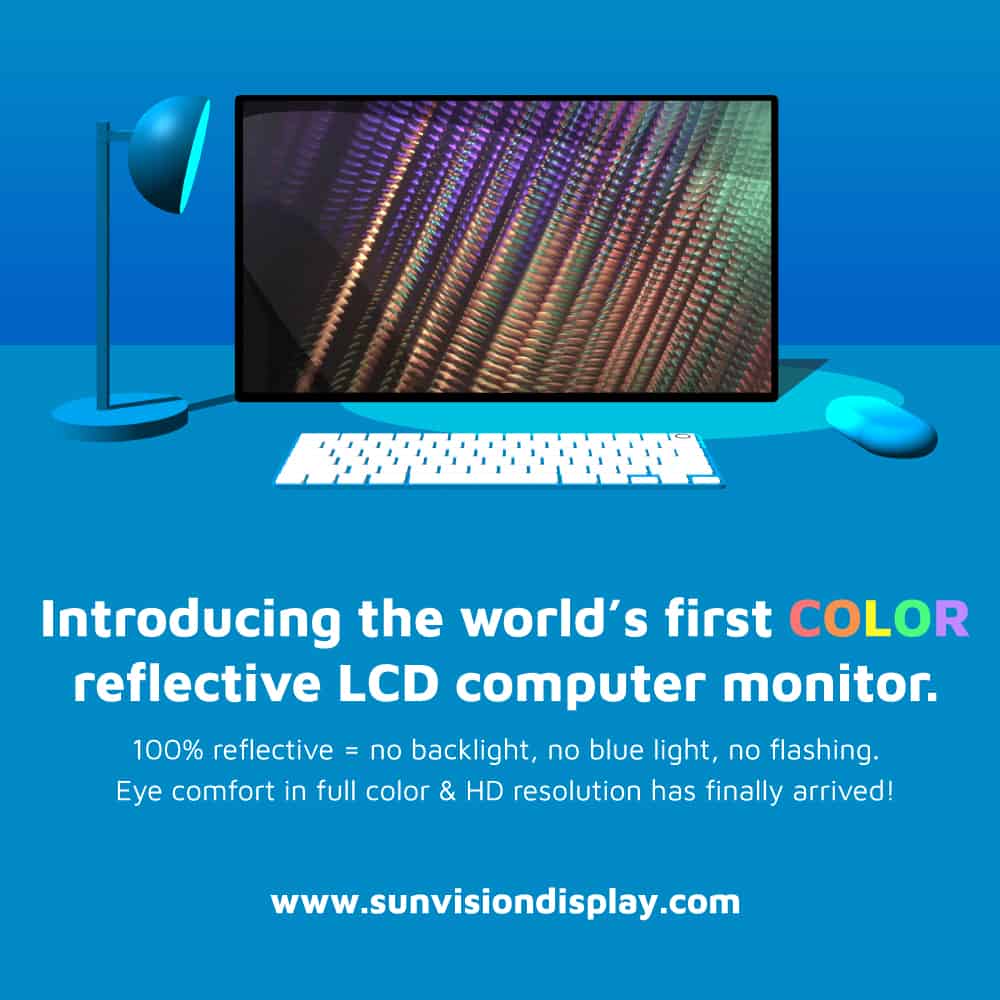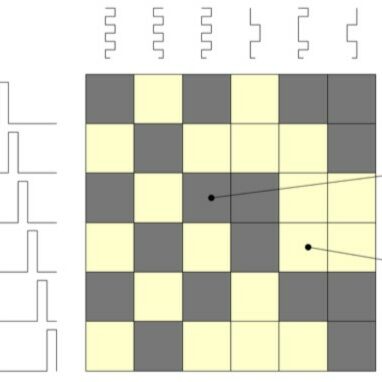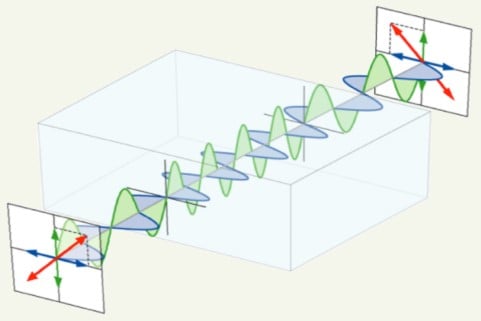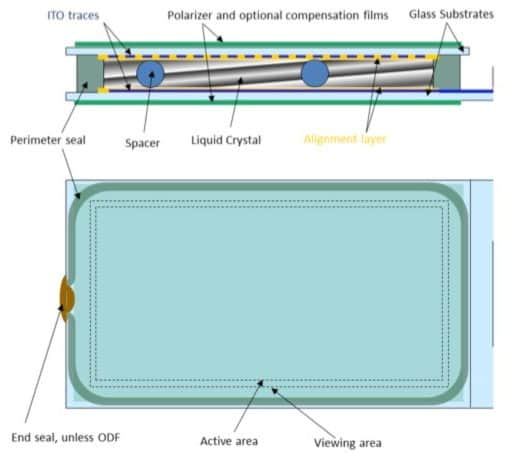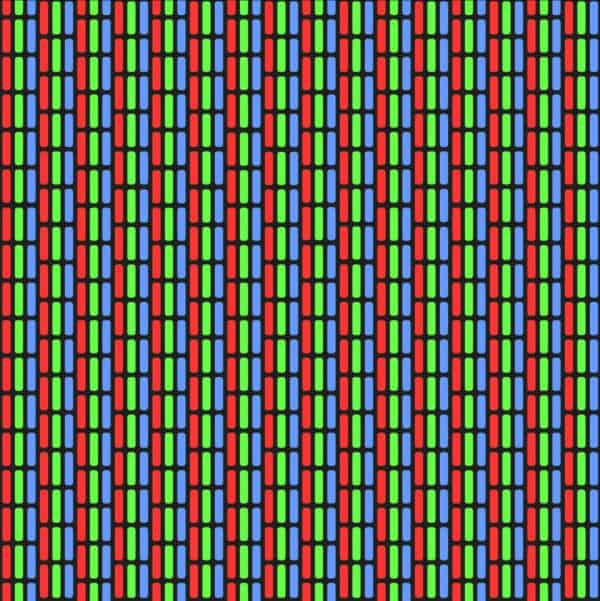The fascinating history of the LCD: From carrot cholesterol to TFTs with capacitive touch screens.
Estimated reading time: 5 minutes
Table of contents
- What are liquid crystals?
- 1888: The discovery of liquid crystals …in carrot cholesterol
- 1927-1936: Liquid crystals developed into light valves
- 1968: The first liquid crystal display
- The development of TN and STN LCDs
- The development of Thin Film Transistor (TFT) LCDs
- Integration of TFT LCDs with capacitive touch screens
What are liquid crystals?
Liquid crystals are a class of molecular compounds which have one or more phases between the solid crystalline phase (like salt) and the isotropic liquid phase (like water). If you want to get really into the details, read our other article on what is “liquid crystal”?

1888: The discovery of liquid crystals …in carrot cholesterol
Did you know carrots have cholesterol? Well, it’s true! In 1888, the Austrian biologist Friedrich Reinitzer first discovered that certain derivatives of cholesterol (i.e. acetate, benzoate, etc.) extracted from carrots seemed to have two melting points: One from solid crystal into a milky fluid, and a second from the milky fluid into a clear fluid. Together with the physicist Otto Lehman, Reinitzer concluded that the ‘intermediate fluid’ had crystalline characteristics.
1927-1936: Liquid crystals developed into light valves
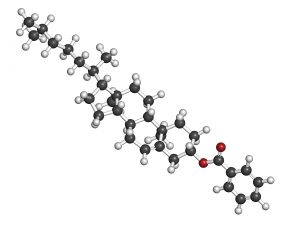
Though studied extensively in the years following Reinitzer’s discovery, it wasn’t until 1927 that Vsevolod Frederiks first devised an electrically-switched light valve called the “Fréedericksz Transition”. This is the essential effect of all LCD (Liquid Crystal Display) technology. In 1936, the first practical application of the technology was patented by the Marconi Wireless Telegraph company as “The Liquid Crystal Light Valve”.
Liquid crystals have the ability to modulate light. They do not emit light, but when oriented properly by and subject to an electric potential, they can be used to change the state of light passing through or reflecting from the liquid crystal depending on an applied electric potential.
1968: The first liquid crystal display
In 1968, George Heilmeier at RCA laboratories first devised a display. This first display used a dynamic scattering effect based on ionic currents causing turbulent flow in the liquid crystal, which in turn gave rise to domains which effectively scattered light while the current was flowing. Meanwhile, without current, the flow would stop and the display would become clear.
Though this type of display was not suitable for battery operation, the idea kicked off extensive application research in liquid crystals displays. Still, in the 60s, Heilmeier showed that dye molecules can be switched by liquid crystals and that this allowed an electric-field-dependent contrast effect.
The development of TN and STN LCDs
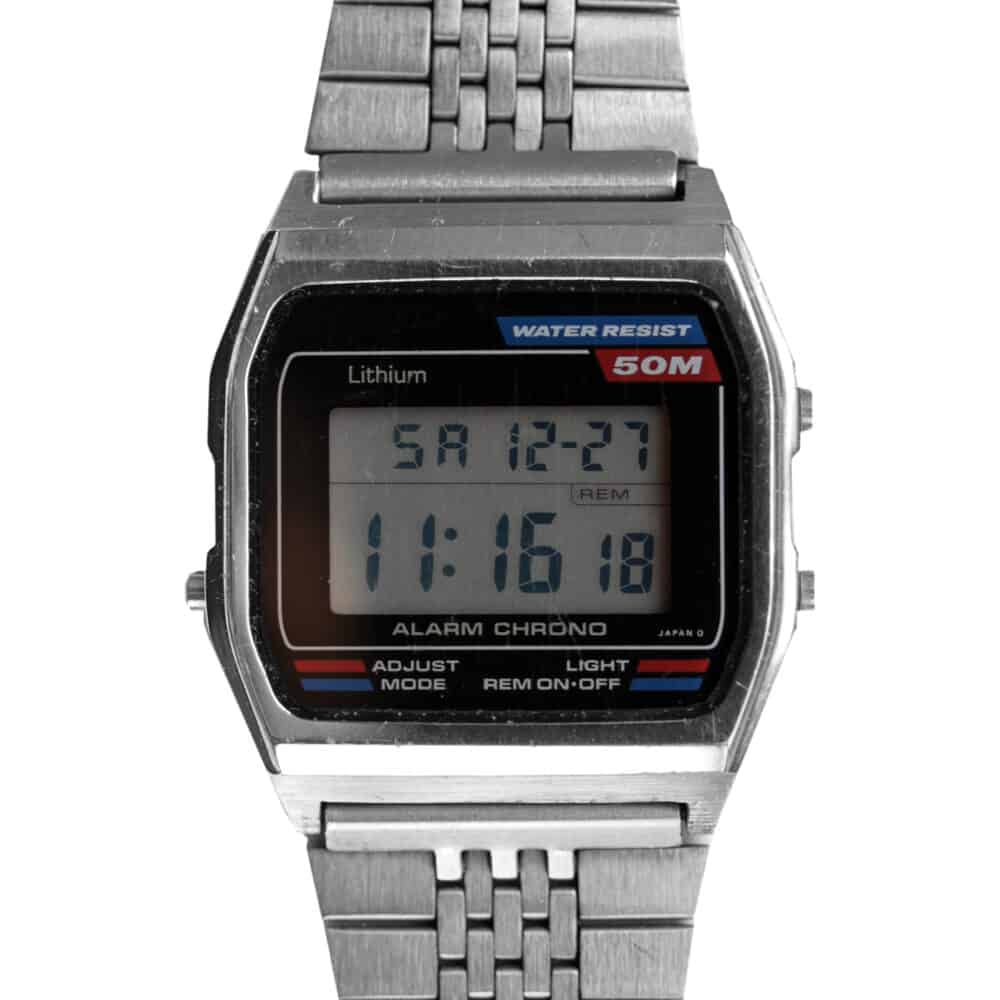
In the early ’70s – almost simultaneously – Martin Schadt and Wolfgang Helfrich, as well as James Fergasson with support by Alfred Saupe, developed TN displays, which quickly found widespread application in Swiss and Japanese wrist watches.
In 1984, Terry Scheffer and J. Nehring published and patented super twisted nematic (STN) LCDs, which allowed much higher information content in passive displays.
Also in the ’80s, Clark and Lagerwall developed ferroelectric liquid crystals.
In the early 90s, the type of liquid crystal the Reinitzer discovered (Cholesteric Liquid Crystals) found its way into display applications.
The development of Thin Film Transistor (TFT) LCDs

In 1972, T. Peter Brody and his team at Westinghouse developed the first AM (Active Matrix) LCD displays, employing thin film transistors in each picture element to independently control the state of the liquid crystal in each pixel. Today, virtually all color LCD panels manufactured are of the AM type.
Twenty years later, in 1992 NEC and Hitachi became the first AM LCD manufacturers to use IPS technology. This was a breakthrough for large-screen LCDs with an acceptable visual performance for flat-panel computer screens and television applications. By the end of 2007, LCD television sales surpassed those of CRTs for the first time. Within one year, the CRT was considered obsolete for television manufacturing and just about every other practical application.
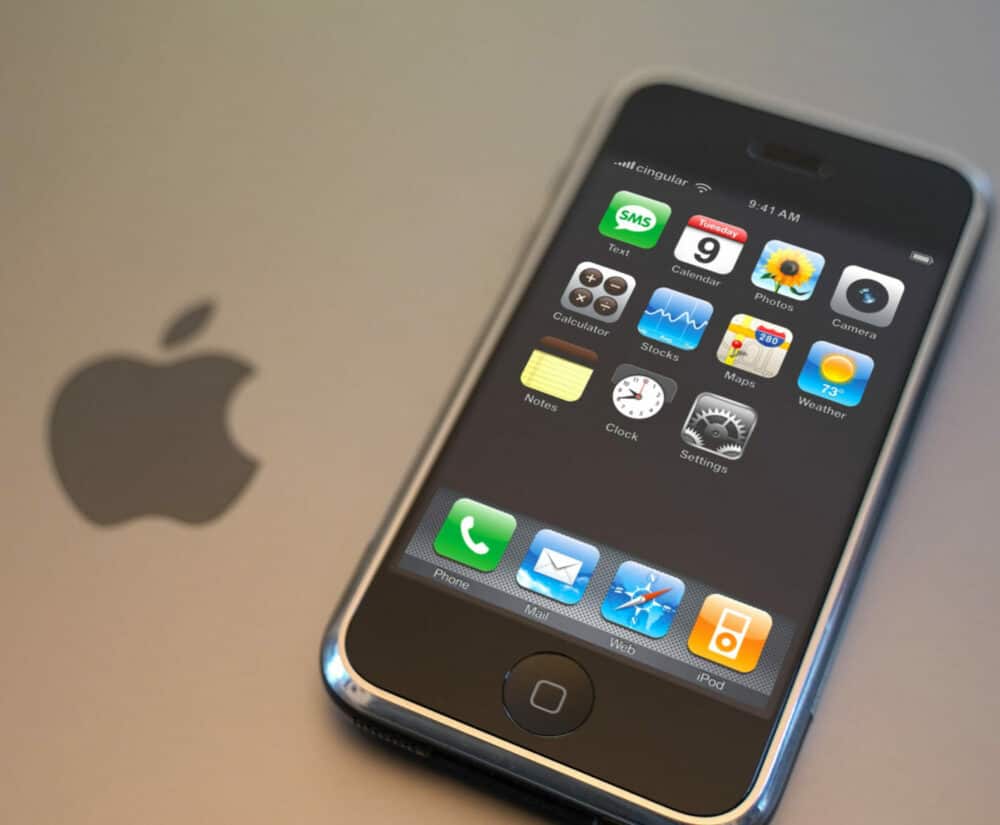
Integration of TFT LCDs with capacitive touch screens
At around the same time that LCDs were overtaking CRTs in television application, Apple launched their original iPhone equipped with a revolutionary user interface (UI) primarily enabled through a projected capacitive touch screen bonded to the LCD. Today, the vast majority of smartphones and tablets employ the same TFT LCD with capacitive touch screen module integration as the central component of their user interface design.
